
We kindly inform you that, as long as the subject affiliation of our 300.000+ articles is in progress, you might get unsufficient or no results on your third level or second level search. In this case, please broaden your search criteria.

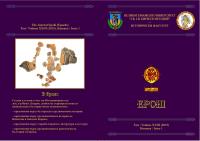
The present research examines the penetration and upholding of the evangelic ideas in Strumitsa and the adjoining villages Monospitivo, Koleshnitsa and Velyusa. The determination of the evangelic followers leads also to formation of ecclesiastical societies and functioning of educational institutions.
More...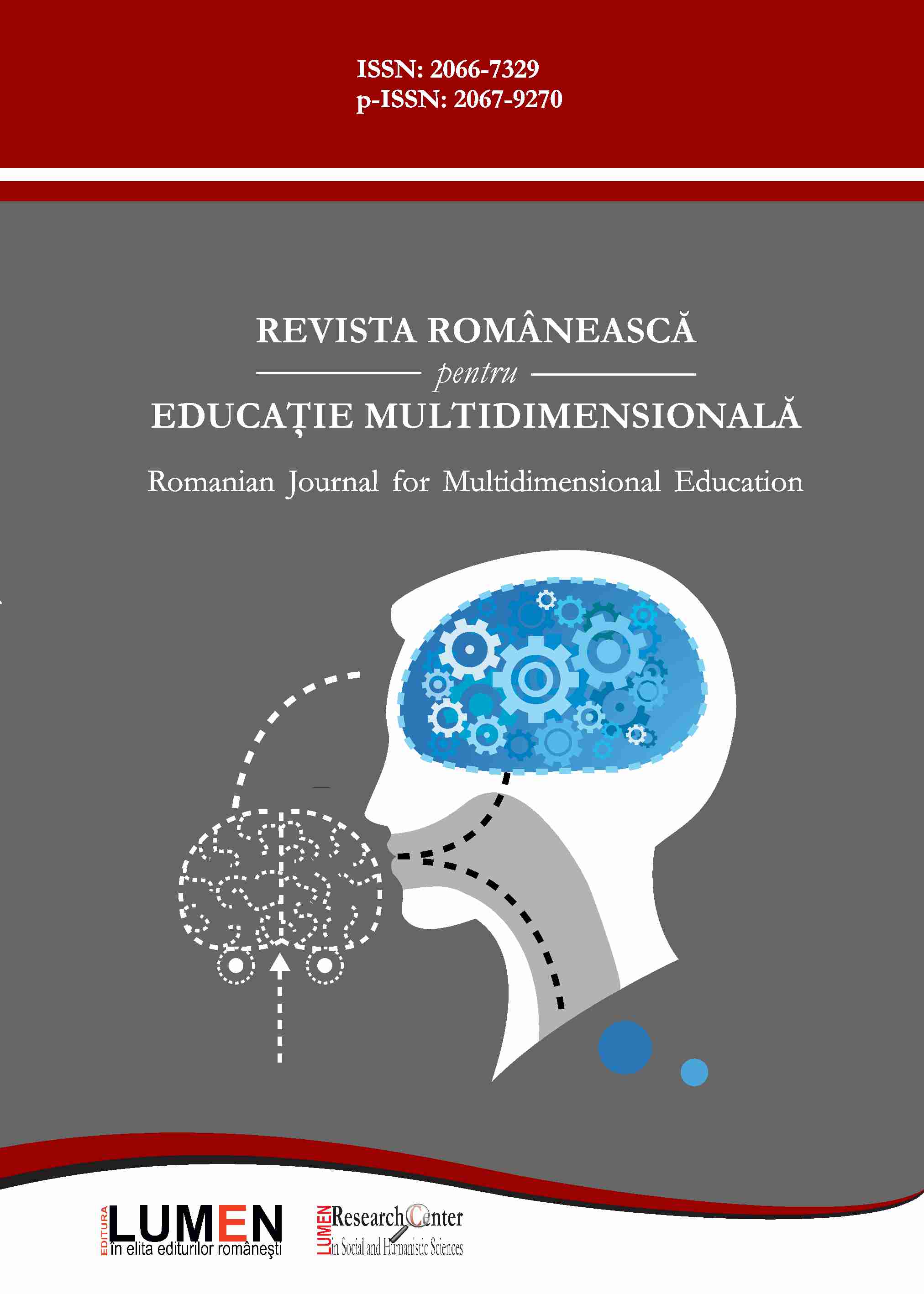
This study focuses on the potential of harnessing the power of the local Eastern Orthodox religious teachings in creating a socially sustainable glocalized digital transformation for Romania. First, we investigated within the scientific literature the ways religion might impact social action, and where does spirituality intersect with digitalization. Second, we devised a questionnaire with items targeting religious styles and the perception of digitalization during the pandemic and in the foreseeable future along with inquiring about which institutions should get more involved in directing digital development. The sample was constituted of 170 adult residents from Bucharest and Constanta urban areas, most of them having graduated from university, with the sample being balanced between the engineering domains and the humanities domains of study. Thirdly, we employed statistical data analysis in order to explore differences in perception of risks, benefits, and in the desired action towards the digital transformation, between the different flavours of spirituality and religiousness. The aim of the study is to obtain valuable insights for creating a bridge between spiritual preachers, digital policymakers, and the civil society, driving development towards spiritually and economically sustainable goals, for a conscious society and a healthy environment.
More...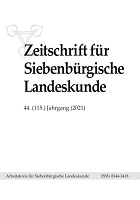
Vom 10. bis 12. September 2021 fand in Weißenfels an der Saale die 53. Jahrestagung des AKSL in Zusammenarbeit mit dem Siebenbürgischen Museum Gundelsheim zum Thema „Wege der Aufklärung bei den Siebenbürger Sachsen. Facetten einer Provinz im Wandel“ statt. Anlass war der 300. Geburtstag Samuels von Brukenthal am 26. Juli 2021, dessen Herkunft, Lebens- und Karriereweg ihn zur Ideal- und Symbolgestalt in der Vorstellung der Siebenbürger Sachsen über sich selbst sowie ihre gesellschaftliche und kulturpolitische Bedeutung im wandelbaren 18. Jahrhundert gerinnen ließ. Brukenthals Wirken in Politik, Verwaltung und Gesellschaft sowie sein Kunst- und bildungspolitisches Mäzenatentum eignen sich als Projektionsfläche für die vielschichtigen und breit gefächerten Veränderungen in Siebenbürgen im 18. Jahrhundert vor dem Hintergrund der geschichtlichen Entwicklungen im Donau-Karpatenraum. Für die protestantischen Siebenbürger Sachsen bedeutete dieser Zeitabschnitt eine eher widersprüchliche Erfahrung: Er war Störfaktor für das neue Selbstbild im Zeichen des Nationalen, bot zugleich aber auch neue Möglichkeiten der Partizipation am wirtschaftlichen und gesellschaftlich-kulturellen Leben. Eingebettet waren diese Möglichkeiten in einen neuen geistesgeschichtlichen Zusammenhang, der durch den Verlust politischer Selbstbestimmung und wirtschaftlicher Führung gekennzeichnet war sowie von der Deklarierung des Katholizismus zur Staatsreligion. Im Rahmen der Tagung wurde dieser Anpassungsprozess an die neuen Gegebenheiten streiflichtartig erhellt. Der Tagungsort war nicht zufällig gewählt, Samuel von Brukenthal und zahlreiche Siebenbürger Sachsen hatten im nahe gelegenen Halle an der Saale, das als protestantisches Zentrum eine große Bedeutung für sie besaß, studiert.Report on the AKSL conference „Wege der Aufklärung bei den Siebenbürger Sachsen. Facetten einer Provinz im Wandel” held at Weißenfels from 10th to 12th September 2021
More...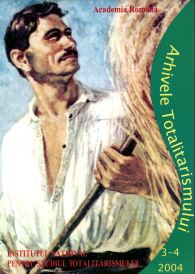
After 1946 one of the goals of the procommunist government’s religious policy was the removal of the „recalcitrant” prelates from the Holy Synod of the Romanian Orthodox Church. Thus the Groza government could replace them with its favourite clergy perceived as obedient executioners of the political orders. Some of the radical Communist circles wanted even the overthrow of the Romanian patriarch Nicodim Munteanu, but the governmental authorities focussed only on the preparation of a successor. At the same time the Communist officials and the Police launched a mean campaign of disparage against Irineu Mihălcescu, the metropolitan of Moldavia.
More...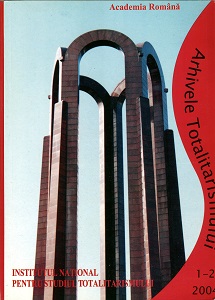
One of the aspects of church life in which political influence was most manifest was the election or removal of prelates from the church hierarchy. Under a totalitarian regime, the individual is not rewarded or punished for his real merits or mistakes, but according to how this serves or not the power. The Orthodox prelates, with a few exceptions, were not arrested because the communists had methods that suited their goals better: forcible retirement, withdrawal, and the dissolution of dioceses. Any arrest would have seriously affected the myth of perfect cooperation between the Communist state and the Orthodox Church. Therefore prelates dismissed from their position were the victims of Communist terror against the church.
More...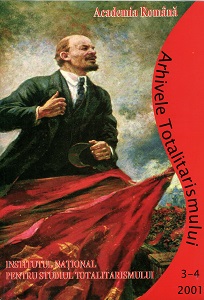
Survival and the collaboration between the Romanian Orthodox Church and the communist authorities has been one of the main subjects of research after 1990. The present biographical study, devoted to the life and work of one of the Orthodox prelates during the dictatorship, Antim Nica, attempts to render the atmosphere in the first decades of the communist totalitarianism, with emphasis on how difficult it was for clerics to survive in those times. Antim Nica began his ecclesiastical career during the military dictatorship (which doomed him in the eyes of the regime that followed), but managed to remain in the religious leadership at the cost of compromise. With all the many proofs of loyalty, the regime however assigned him only much later a bishop’s seat. In his new position, Antim Nica made no concession to administrative claims. Evantia Bozgan is a History teacher.
More...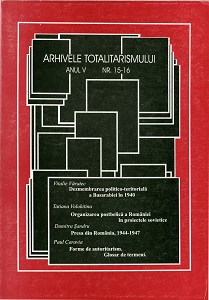
The communist regime, although it preached atheism, tried in 1944-1947 to use the priests that wished to cooperate. However, the repression against the church was gradual, reaching a peak in 1948, when the Greek Catholic Church was forcibly united with the Orthodox Church. The conclusion of this study is that generally, both the Orthodox and the Catholic priests opposed the communist regime and many died in communist prisons.
More...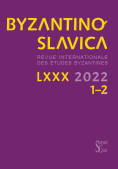
This study examines two marginal notes made in Old Permic script (also known as Abur) in a fifteenth-century manuscript that contains the Old Slavonic translation of Athanasius’ Orations Against the Arians. It begins with a brief discussion of the Old Permic script within the alphabetic systems of Late-Medieval Europe and explains the current state of research. After this, the authors explore the content and meaning of the marginal notes by studying the text of the Orations where these notes appear, the scribal peculiarities of the person who recorded them, and the religious context in which they were composed. The article raises the question of why the scribe chose to write these notes and draws a parallel between him and another Slavonic scribe, Vasily Mamyrev, from whom we have the first precisely dated case of Abur notes in Slavonic along with Greek inscriptions.
More...
Alexander of Macedon’s life as narrated in the Alexander Romance was inserted early in historiographic works in East Slavic. One of the most innovative details was the inclusion of the visit to Jerusalem of Alexander of Macedon in the First Book, following the wording found in the chronicle of George Hamartolos, an episode he had borrowed from Josephus. More surprising was the later interpolation within this interpolation of a part of Epiphanios of Salamis’ treatise De Gemmis, precisely the part describing the robes of the high priest in the Jewish temple and its relation to the filiation of the tribes of Israel. Neither addition was accidental, and their resonances echoed loudly in the limited literary corpus in Kyivan Rus’ dealing with sacred kingship. The present article explores the functionality and instrumental use made by Kyivan scribes of the figure of the Macedonian king and his special relation to the chosen people of God. It was by means of these additions that Alexander acquired exclusively in East Slavic the special status of a king whose deeds are key in the salvation of Israel and of all Christianity.
More...
The article outline the development of the new national “we” in texts from the Slavia Orthodoxa area in the Balkans during both Balkan wars and World War I. The analysis will focus on the notion of народ [narod], which should be translated as people-nation and not people or nation, as is usually the case not only in the practice of translators but also very frequently in academic discourse. Thus, the notion of people-nation is considered here as an analytical key making it possible to present the problem put forward in the title, but also as an illustration of the Balkan perception of war and revolution within Slavia Orthodoxa. The analysis will encompass the poetry and articles of Bulgarian poet Geo Milev (1895–1925) as well as the barbarogenius concept developed by Ljubomir Micić (1895–1971), a Serb from the Military Frontier. The context that will serve as a point of reference will be the 19th century in both the Serbian and Bulgarian version. This seemingly broad space and time framework is essential to explain the change in how the notion of народ was understood, a change caused by the Balkan wars, World War I and the revolution and introduced by representatives of the Avant-garde. The panchronic perspective used in the analysis involves explaining contemporary cultural facts with the help of both synchrony and diachrony in the process of text analysis.
More...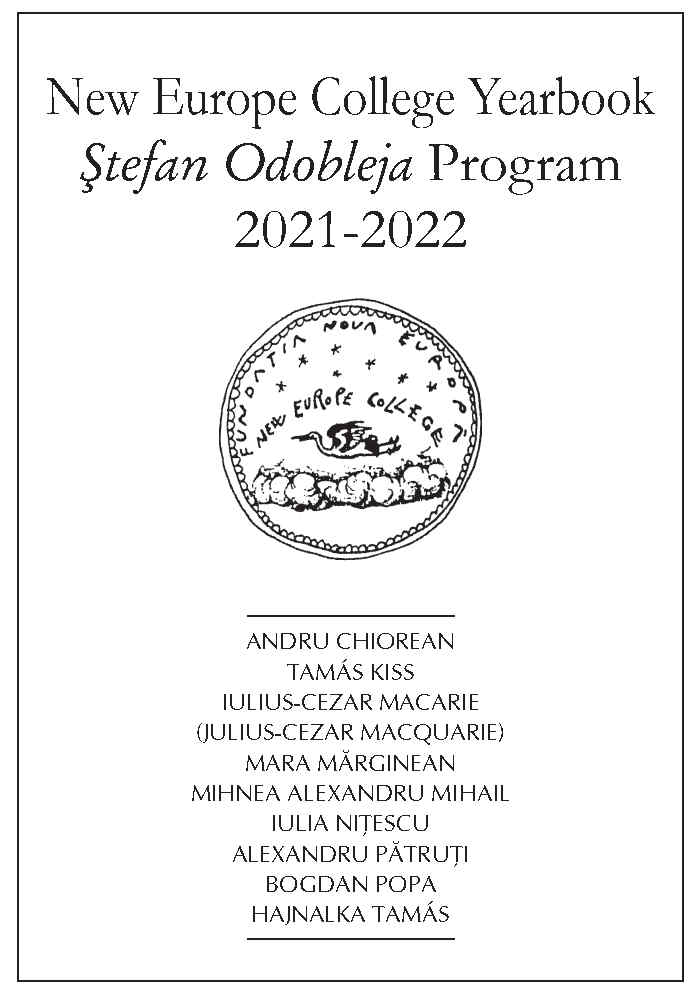
This paper addresses the public Orthodox identity of the Muscovite ruling family during the late 15th century, by focusing on the case of Elena Ivanovna (1474/6–1513), daughter of Ivan III of Moscow and wife of Alexander Jagiellon of Lithuania. Through an analysis of the diplomatic correspondence between the grand prince of Moscow and his daughter, it discusses the implications Elena’s religious identity had both on an individual level and for the image of the Muscovite dynastic identity.
More...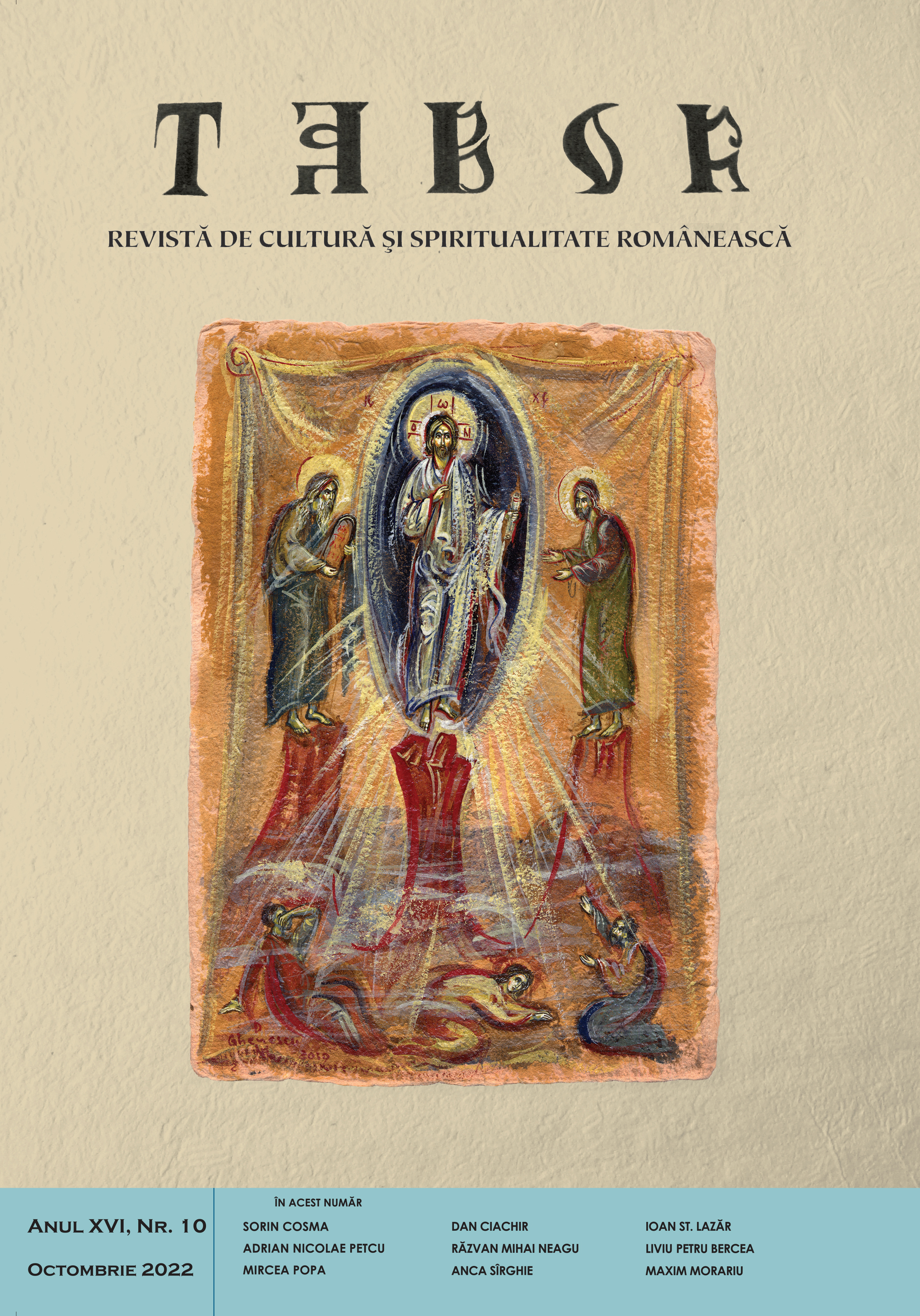
The period of the Antonescu government (February 1941 – August 1944) was one of the most tumultuous in Romania’s recent past. Studied especially because of the Holocaust and its participation in the Eastern war, the Antonescu period has been less researched on chapters related to domestic politics, such as economy, society, health and especially religious life. In the present study, we highlight some aspects related to the role that religious faith, as viewed by Marshal Antonescu, was supposed to have in the Romanian society, afflicted by the war. During that period, the Church had to face a challenge: what kind of a relationship it should have with the Antonescu state during a time when the state promised a reform? To answer this question, we try to present some aspects of the reform initiated by the Head of State, Marshal Ion Antonescu and the reactions of the Church elders. We will present the following chapters: 1) Organization of the Department of Cults, 2) Religious policy of the Antonescu government, 3) The issue of the priests involved in the legionary rebellion, 4) Reorganization of the Romanian Orthodox Church and 5) Reformation of monasticism.
More...
During the First week of the Long Lent, most probably between the end of 1403–1406 as an abbot at the Neamt Monastery Gregory Tsamblak gave a Speech about fasting and tears, and honest icons. The present research the doctrine of the ortodox preacher for the Christian feat of the fasting, which he systematizes and explaines in the Speech according to the tradicions from the church and the holy homeland tradicion. Indicated is the biblical metatext basis and are fixed some intertextual connections with Byzantine and Old Bulgarian authors, which suggests the Bulgarian man of letters during his early creative years as an erudite theologian from the Middle Ages.
More...
The story of Mariya Hel, one of the Ukrainian dissidents active in the USSR since the 1960s till 1980s, reveals the life path of a person who opposed the totalitarian system despite the costs incurred, both in her personal and professional life. The narrator consciously took on the challenges that arose. There are many threads in her life story: post-war resettlement, collectivization in Western Ukraine, the restoration of the Ukrainian Greek Catholic Church; above all, however, the daily activities of the dissident community in Soviet Ukraine stand out.
More...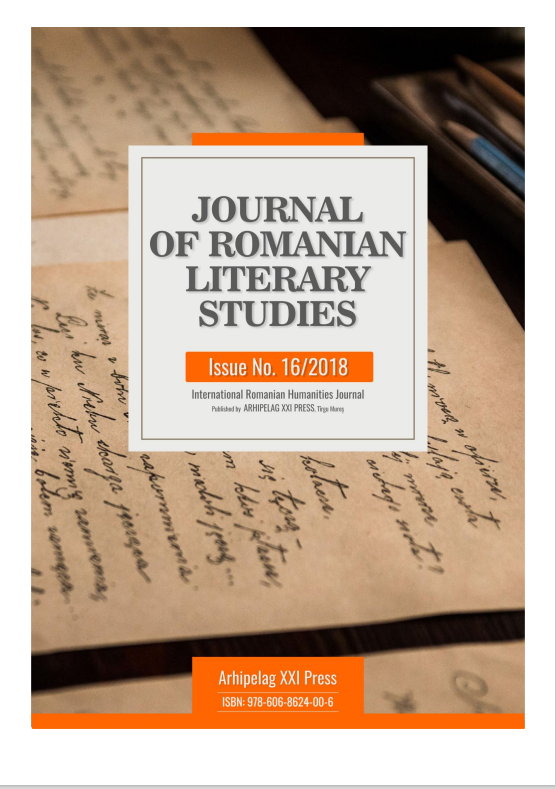
The Bishop of Caransebes Nicolae Popea was a member of the Romanian Academy. This membership at the high cultural forum in Romania was at least the premise of the implementation of cultural projects in the diocese received for coordination. From 1889 until his death in 1908 Bishop Nicolae Popea was concerned with promoting the Pedagogical and Theological Institute in Caransebeș, The Diecean Sheet magazine and the printing of some books necessary for the progress of the spiritual and cultural life in Banat.
More...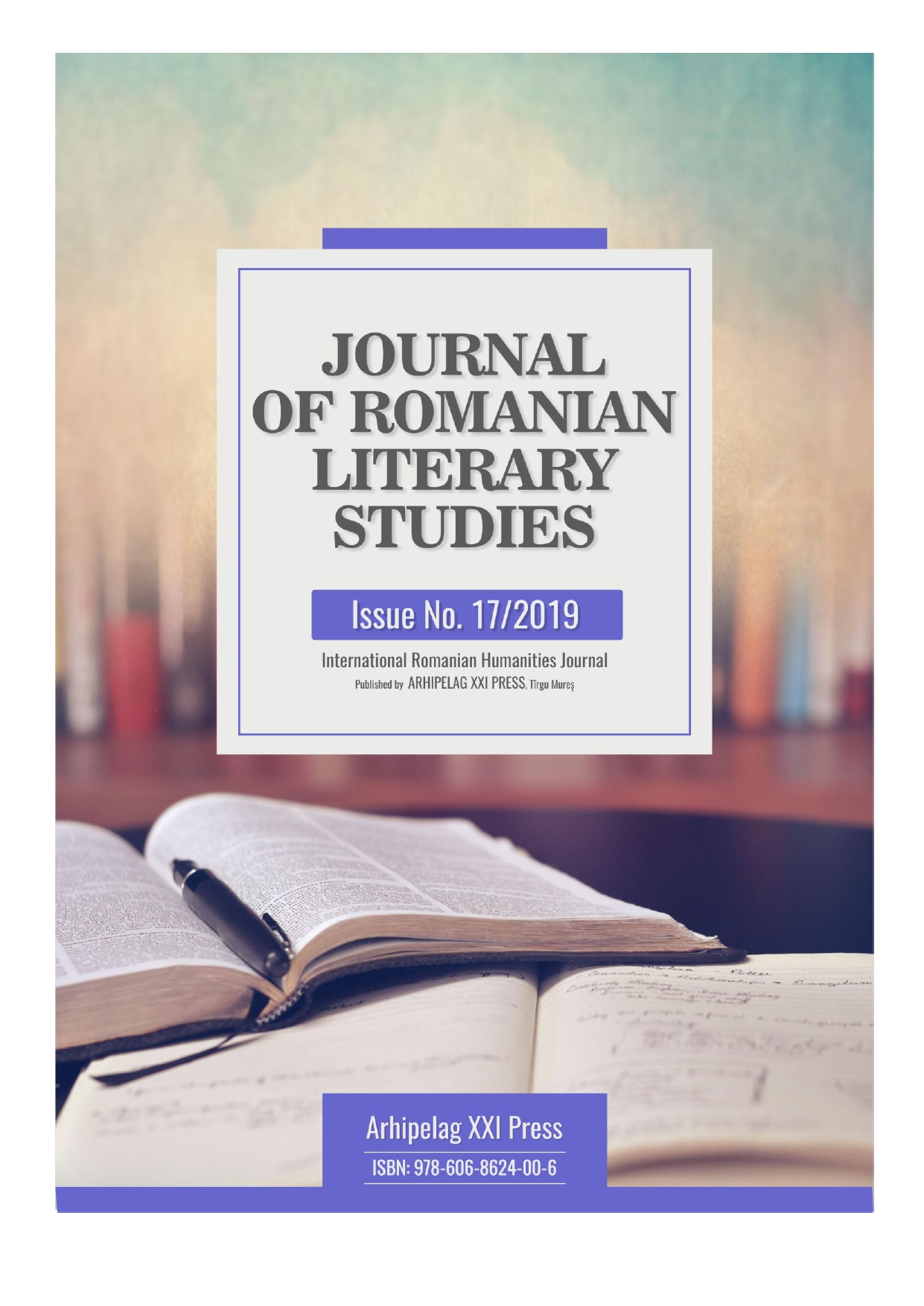
The purpose of this article is to provide an analytical perspective on the evolutionary history of the Ecumenical Patriarchate of Constantinople as well as its religious role in maintaining Christian Orthodox homogeneity in the Balkans. It also captures the way in which the religious institution becomes a subject of dispute between Greece and the future Republic of Turkey, and how this antagonistic conflict will ultimately leave its mark on its future functionality.
More...
The article tests the hypothesis according to which Russia’s military strategy and the ideas of the country’s main ideologists can be linked to a war waged for the sake of religion. The author also attempts to assess to what extent such a link finds practical confirmation in the current Russian-Ukrainian war. The research focuses simultaneously on the analysis of two different areas: firstly, what is expressed in words, what is declared, and secondly, what is manifested in actions.
More...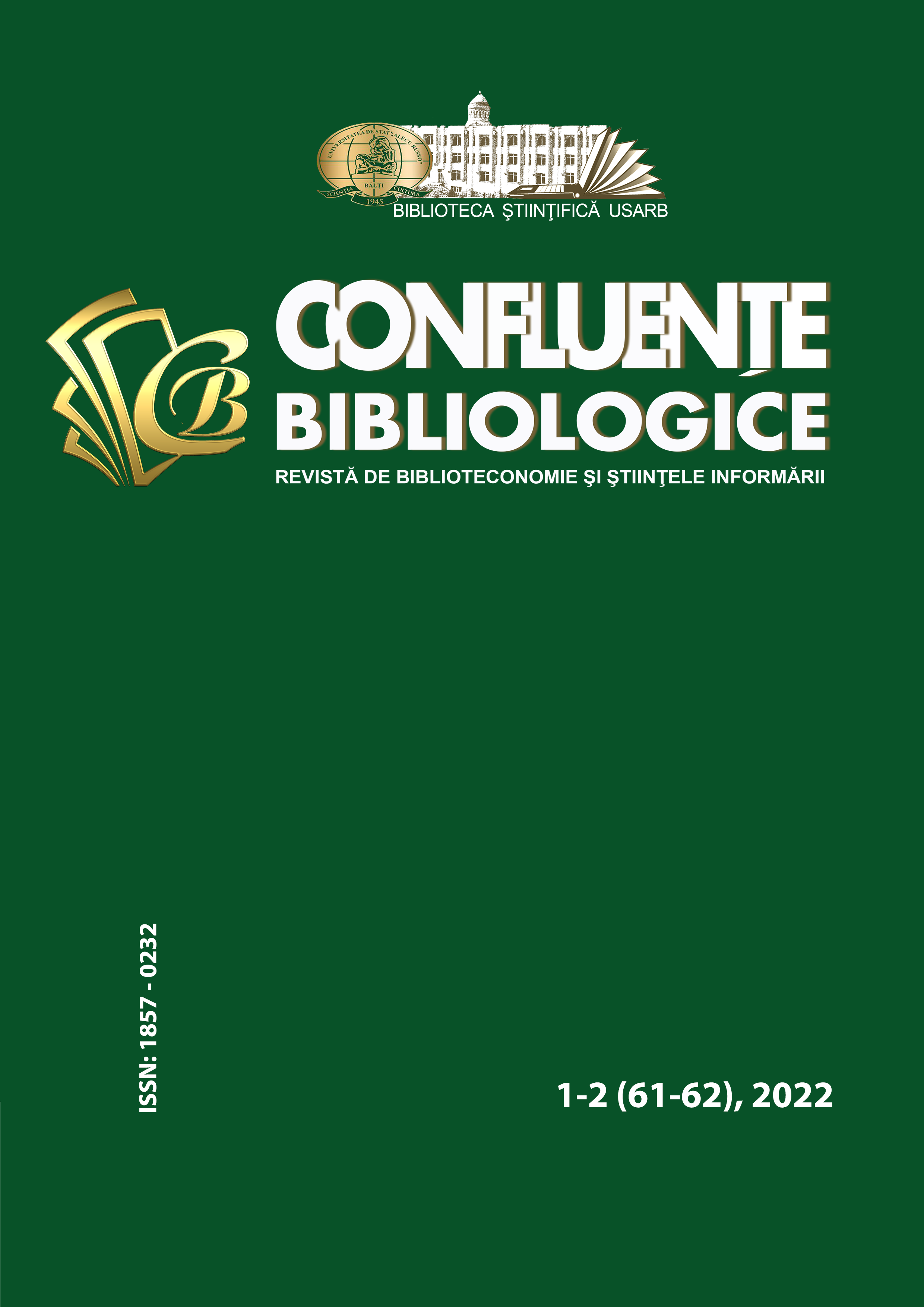
The article describes, in a concise manner, the activity of the Romanian Orthodox Patriarchate of Chernivtsi in the 20-30s of the 20th century, as well as the events of 1940, followed by the persecution of the faithful
More...
The article analyzes the sophisticated iconography programme of the dome/vault of the St. John of Rila Church of the Kurilo Monastery after the completion of the restoration work in 2018. It can be concluded that the iconographers had high professional skills, as well as a solid theological background. Тhe analysis also focuses on the technological aspect of painting the frescoes.
More...